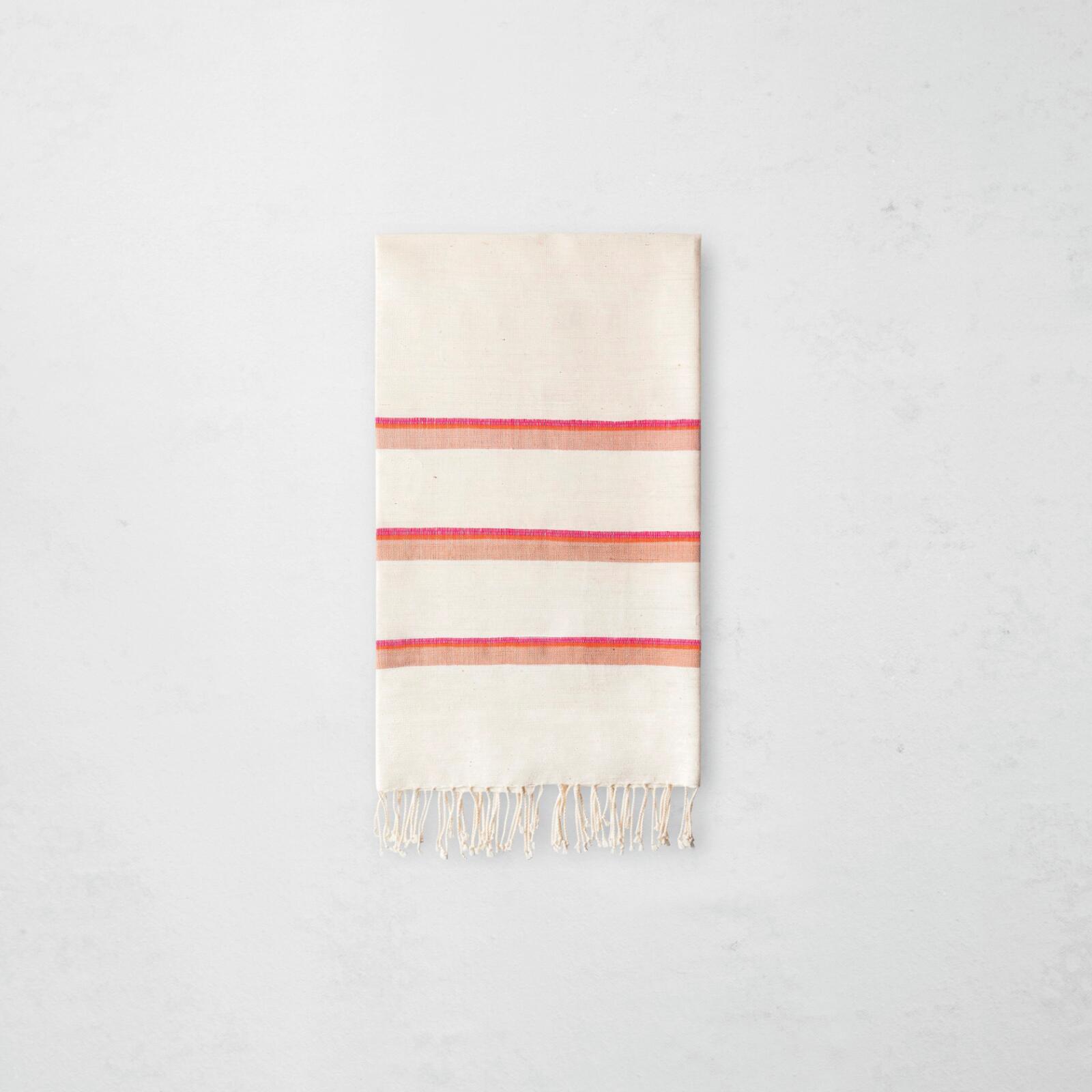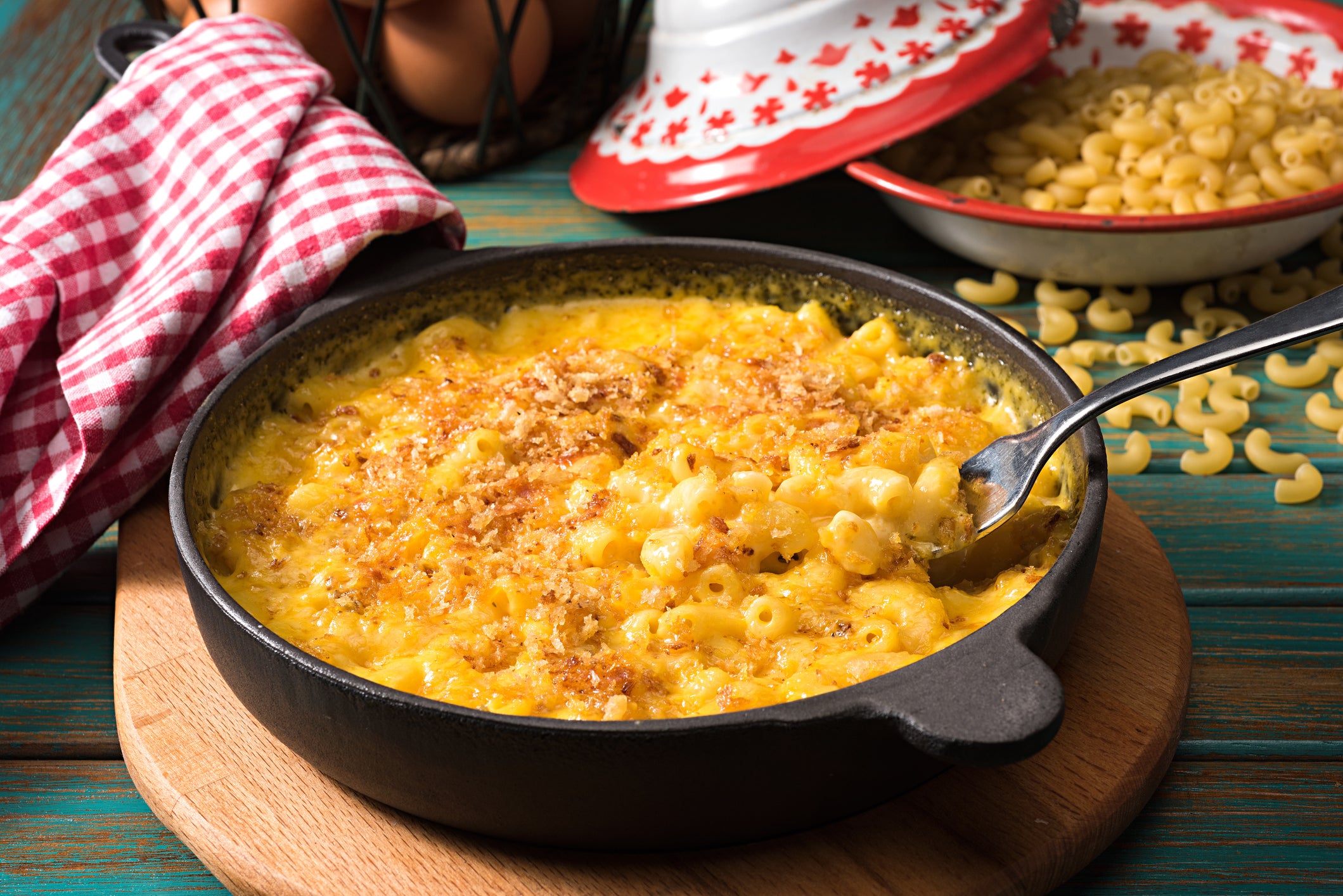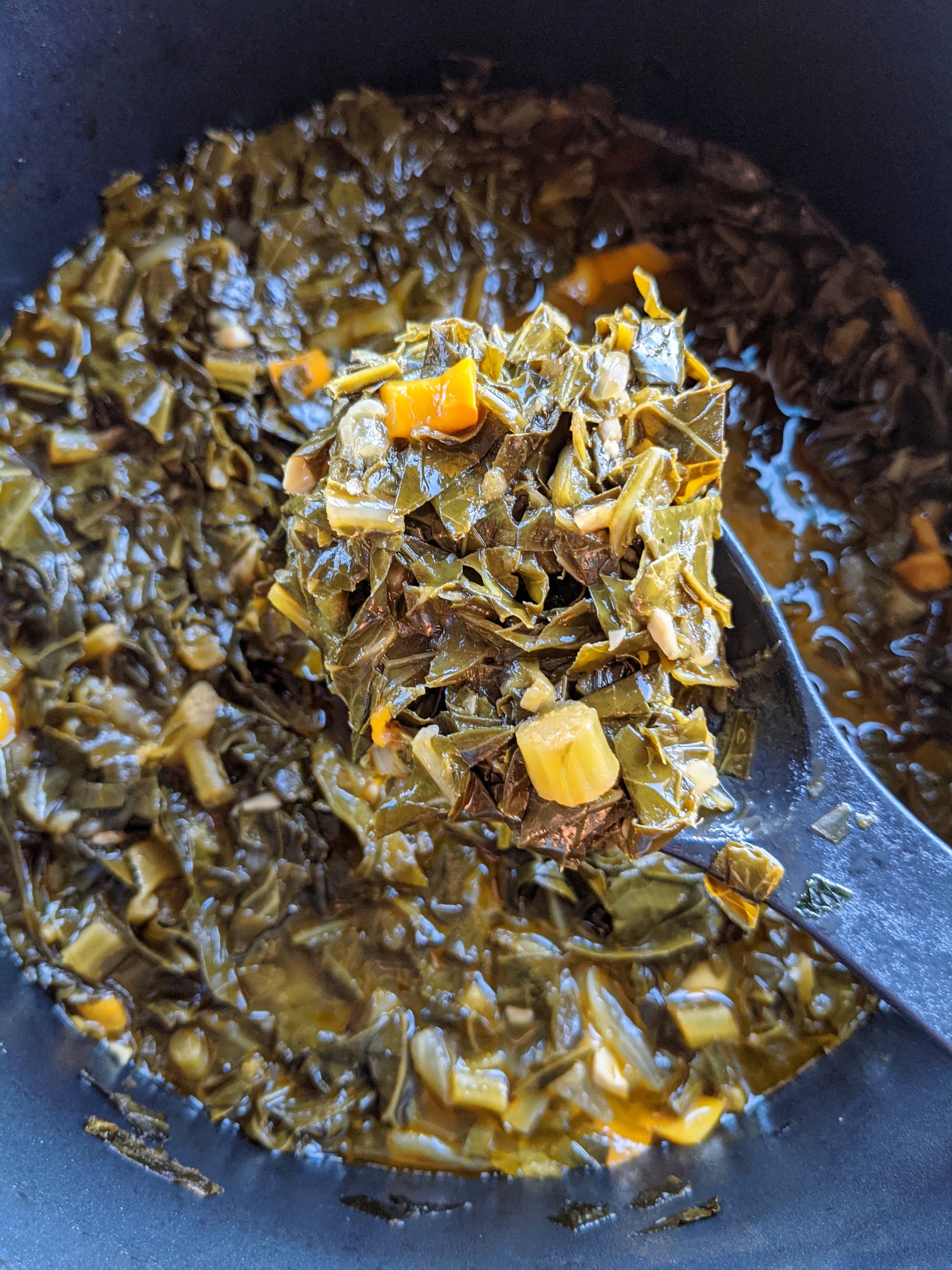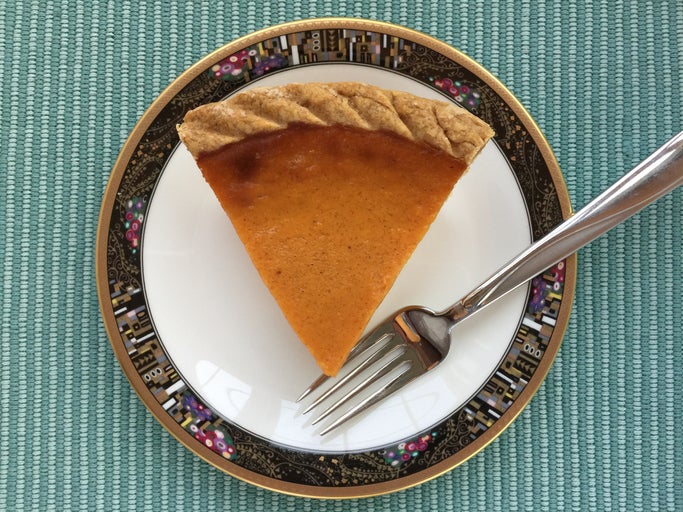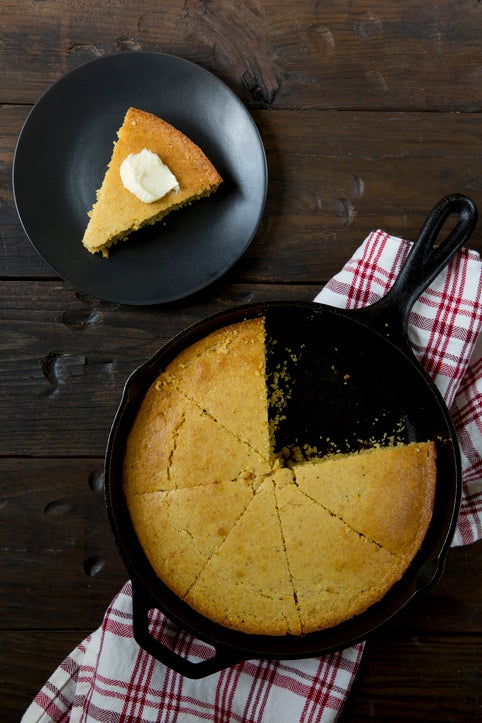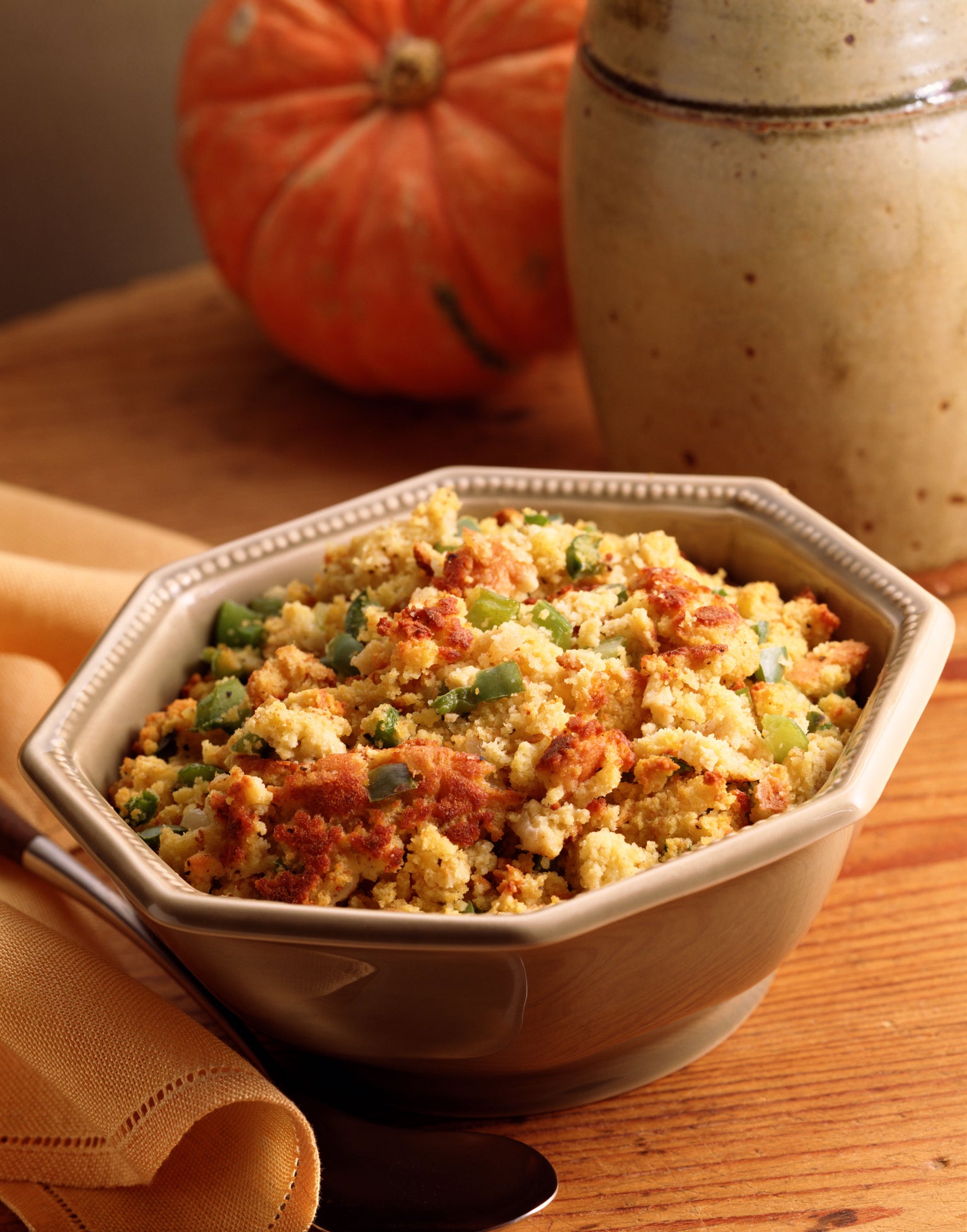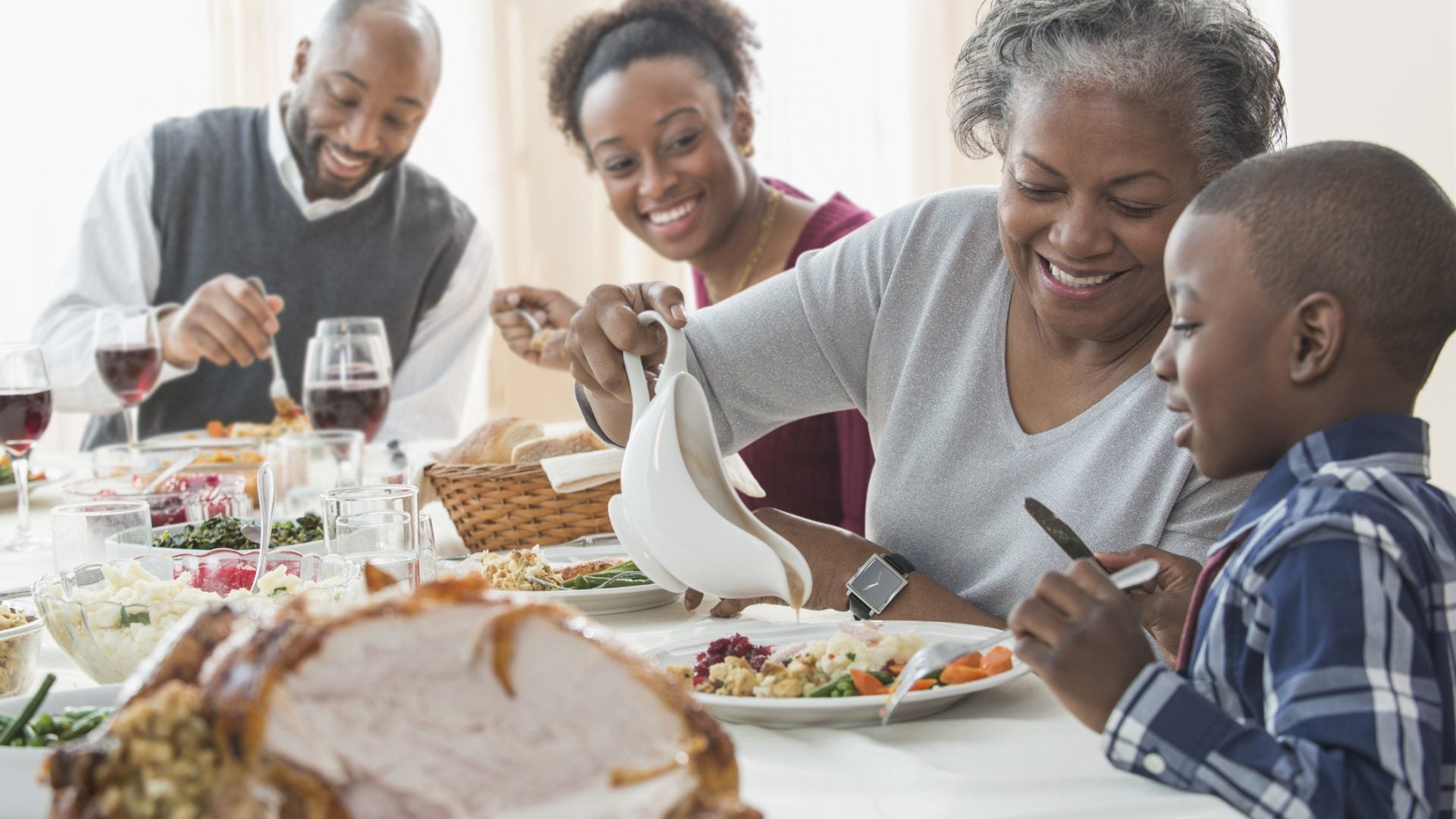
Most of us are probably familiar with the story of the Pilgrims who sat down for a meal with the Wampanoag tribe; however, there are essentially two historical attributes for this Thanksgiving holiday. For Black folks, these origin stories both revolve around wars and the church.
After the turning point for the Americans at Saratoga during the Revolutionary War, the Continental Congress issued a decree to the 13 colonies, urging them to “give thanks” and enslaved Black people were also invited to join in on the celebrations.
According to the African American Registry, “Thanksgiving expression for the American Black community began as a church-based celebration. Black pastors often gave sermons that could be heard loud and clear through the many small Black churches. The sermons would be about struggles, hopes, fears, and triumphs. The sermons usually grieved the institution of slavery; the suffering of the Black people; and often pleaded for that an awakening of a slave-free America would someday come soon.”
Nowadays, for our culture, Thanksgiving has morphed into the ultimate “Black folks’ cookout ” Dating back to the days of slavery, soul food has a special connection to Black history and our struggles, and it has been an integral part of Black culture from our earliest days in the Americas. Indeed, author of “Soul Food: The Surprising Story of an American Cuisine, One Plate at a Time,” Adrian Miller, says that “holiday food is inextricable from soul food.”
This year, in honor of the highly anticipated Thanksgiving meal, ESSENCE is delving into the history behind Black Thanksgiving staple dishes.



